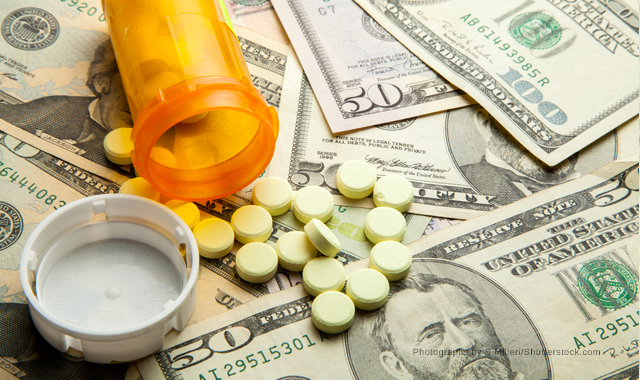New Data Show Pharmacy Salaries Remain Healthy
Job growth may stagnate and retail jobs continue to dwindle.

While the overall average pharmacist salary grew in 2018, retail pharmacy jobs fell, according to new government data.
The Bureau of Labor Statistics’ data show that the average gross base salary for a pharmacist at a retail, mail, long-term care, and specialty pharmacy exceeded $123,000, a slight increase from 2017, Drug Channels Institute says in a new report.
Overall total pharmacist employment remained unchanged in 2018 at around 309,000, and the number of retail pharmacy jobs decreased. The share of employment at retail, mail, long-term care, and specialty pharmacies dropped from 65.2% of pharmacist employment in 2010 to 59.4% in 2018, DCI says.
Trending: How to Prevent Pharmacist Burnout
Unfortunately, the total pharmacist employment figure is projected to remain unchanged over the next 10 years, DCI says. "Chain and independent drugstores are projected to employ 11,000 fewer pharmacists in 2028 than they do today,” a drop of 5.1%, DCI reports.
Pharmacist jobs at hospitals, physician offices, and other non-retail settings will outpace growth at retail outpatient settings, the government data shows. The outlook for pharmacist employment at non-retail settings is projected to surge 6.9% by 2028. The biggest growth in jobs will be seen at hospitals (+4.4%) and outpatient care centers (+36.5%).
"Pharmacists, pharmacy students, and professors need to study the fundamental economic forces that are reshaping the industry.” Adam Fein, CEO of Drug Channels Institute, tells Drug Topics. "Retail pharmacy will employ fewer pharmacists. The pharmacy industry faces the prospect of a shakeout that will sharply reduce the number of U.S. pharmacy locations.”
The remaining retail pharmacies will fill more prescriptions per location, Fein predicts, “which means the job will be even more stressful than it is today.”
The shift in employment at hospitals and health systems stems from the organizations pursuing more specialty pharmacy dispensing revenues. In 2018, about 20% of hospitals owned a specialty pharmacy, compared with less than 9% in 2016, DCI says.
Read More: The Growing Problem of Pharmacy Deserts
"Specialty drugs will drive pharmacy. Pharmacists at specialty pharmacies work with fewer patients than pharmacists in retail settings, but have more intense interactions with each patient,” Fein says. “Pharmacists will therefore need more clinical expertise and must have superior skills at counseling patients with complex conditions. Pharmacy benefit designs will keep getting more complex, which will require pharmacists to understand more about the reimbursement and insurance system. "
Meanwhile, “nontraditional” industry participants-including hospitals, physicians’ offices, Amazon, and venture-backed start-ups-are expanding their presence in pharmacy, Fein says. “Pharmacy schools need to connect with these new entrants so they can effectively place their graduates,” he says.